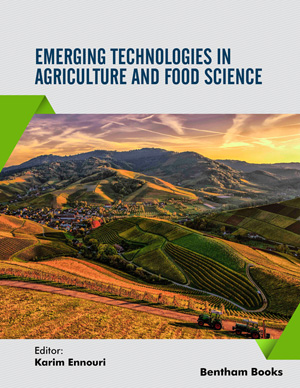Abstract
Severe yield losses due to crop infections with pathogens such as bacteria, viruses and fungi are challenging issues in agriculture for decades across the world. To limit the impact of disease damage in economically important crops and to ensure agricultural sustainability, developing new diagnostic methods for the rapid and accurate detection of plant pathogens is essential as it helps to prevent major yield losses and preserve a good quality of products at the postharvest stage. In this context, serological techniques such as ELISA and molecular protocols based on PCR, quantitative PCR, isothermal amplification, microarrays and RNA-Seq-based nextgeneration sequencing are leading to more accurate detection for the most destructive plant pathogens, which reduced the economic losses due to plant disease infections. Despite their reliability in the design of an efficient management program for several plant diseases, the performance of these techniques is sometimes limited by, the unknown distribution of the studied disease, the existence of asymptomatic infections and the lack of validated sampling protocols. Recently, more sophisticated techniques such as thermography, fluorescence imaging, hyper-spectral techniques and biosensors relying on various parameters such as morphological change, temperature change, transpiration rate change and bio-recognition elements such as enzyme, volatile organic compounds, antibody, and DNA/RNA released by infected plants have been applied, either for on-site diagnostic or for detecting plant diseases over large areas. This review briefly describes the various techniques used for plant disease diagnosis and their evolution to meet the contemporary challenges.
Keywords: Biosensors, Chlorophyll fluorescence, Hyperspectral imaging, Nucleic acid-based methods, Plant disease, Pathogen detection, Serological based assays, Thermography.






















